FANTASTIC OFF-PISTE AND WHERE TO FIND IT.
This is the reason that people come from the other side of the world and get on 12-hour flights to come to Japan. The food and the culture and the onsens all help, but this is the main reason. The backcountry in Niseko is some of the best on the planet and we are writing to let you know how to stay safe, correct equipment to bring and the rules and regulations.
Before heading out into the backcountry there is a good amount of preparation in order to stay safe and have fun. It is always a good idea to check out the snow forecast (www.snow-forecast.com/resorts/Niseko) and avalanche report (niseko-moiwa.jp/avalanche-report) which will tell you everything you need to know about what the mountain has to offer. It is absolutely necessary to ride with someone who is familiar with the area and has backcountry experience and it goes without saying to never go it alone!
Knowing which and how much equipment to take with you is always a bit of a struggle but there are some things that should always be in your bag. Whenever we do a tour at Winterlab, both back and side country, the client must have a transceiver, shovel and probe and a double chest/stomach strapped bag in which to carry everything. For those of you who aren't familiar with these, here is a brief explanation. A transceiver is a device, which gives off a signal so that you can be found and also search for another in case of avalanche. A probe looks like a long tent pole that can be broken down and easier transported but folds out and is used to search the snow for anyone who is buried. Finally, the shovel is used to dig the person out once found using your transceiver and probe. Make sure to test all of your equipment before heading out and that the batteries in your transceiver are full.
You should also always bring a bottle of water and some food with you so that you don't have to stop riding in order to refuel. Wouldn't want to miss out on mid day fresh tracks while queuing for some noodles now would you!
Niseko is different to other resorts in that it has what are referred to as ‘gates’ dotted around the mountain, which are the areas that are deemed safe by mountain safety and are regularly patrolled. The gates will be checked each day before the lifts are open and whether or not they will be opened will be put up in the avalanche report mentioned early in this post. All gates will have a sign in front with a map and brief description to let everyone know that they are leaving the piste. Make sure you know how to get back to the piste when leaving the gate as not all of them will lead you back to the bottom of the mountain and will result in a long walk through deep snow to get back.
Niseko has a few extra rules of the mountain you will need to make yourself familiar with before you head out onto the hill. On any of the maps of Niseko it should have the colour of the run, location of the gates and the out of bounds area.
The out of bounds areas are marked clearly on the piste between Annupuri and Higashiyama and Higashiyama and Hirafu. If you go into these zones you will have your lift pass taken off you and you will be removed from the resort. There are so many amazing runs to hit throughout the mountain that you wont run out of fresh tracks even in the afternoon.
Merry Japow-nese Christmas from Milo and the rest of the Winterlab team.
